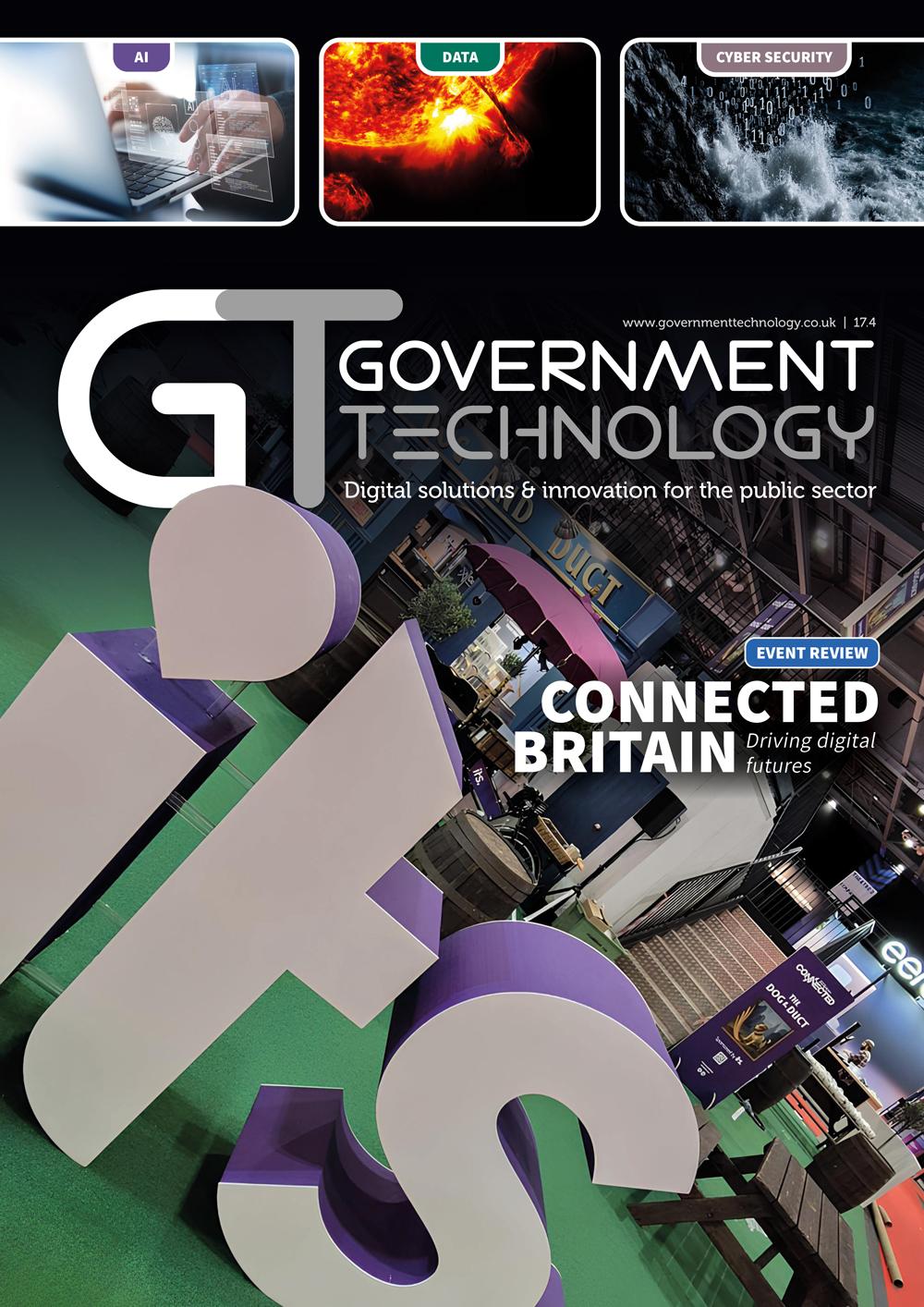Projects testing test hybrid connectivity solutions in some of the remote and rural places in the UK are set to receive government funding.
While progress has been made on superfast and gigabit-capable broadband, there are still some locations, where satellites offer the only practical solution for connectivity.
The UK Space Agency is working with the Department for Science, Innovation and Technology (DSIT) and the European Space Agency’s (ESA) telecommunications research programme to help solve this problem.
Partners are being sought for three projects focused on delivering future satellite services.
One project will provide portable gigabit-capable internet speeds, with terminals designed to be mounted on vehicles to improve connectivity for users such as local authorities, farmers, emergency services, and the events and hospitality sector.
In two rural and remote islands in Shetland and Northern Ireland, two other projects will test innovative hybrid networks to see if they could be used to support further locations unable to connect to traditional networks.
It is hoped the improved connectivity will support education, research, tourism, conservation, local businesses, and healthcare, enhancing the economy and quality of life in very hard to reach places.
Telecoms minister Chris Bryant said: "Digital infrastructure is essential for our modern way of life. But for too long, many businesses and communities have felt left behind.
"This is why we must do whatever it takes to ensure we harness technological innovation to enrich people’s lives and tackle exclusion, rather than entrench existing inequalities. These pilots, for instance, will help shape the next generation of connectivity, using a combination of satellite technology and mobile networks to test innovative new services that could be a real game-changer for remote and rural communities."
Rathlin Island is Northern Ireland’s northernmost point. It's seven miles off the mainland with 141 residents. However, there are 40,000 annual visitors.
The current network there is inconsistent, and relied on mainland mobile signals and various broadband solutions. A dedicated submarine cable is impractical.
The Rathlin Island Service Demonstrator project plans to combine LEO and GEO satellite terminals with wireless/mobile technologies, possibly including 5G/6G, for a comprehensive solution, while at the same time, benefiting residents, businesses, and tourists while preserving its cultural and natural heritage.
Parliamentary Under Secretary of State at the Northern Ireland Office Fleur Anderson said: "It’s fantastic that residents and people visiting Rathlin Island will be able to benefit from enhanced digital connectivity thanks to this funding.
"Reliable connectivity is a necessity which can open up opportunities and transform services, and this initiative will have a positive impact on business and the entire community."
Michael Cecil, chair of the Rathlin Development & Community Association said: "We welcome this new initiative from DSIT and the European and UK Space Agencies and the possibilities it can bring for improved broadband and Wi-Fi service on the island.
"Rathlin’s East Lighthouse was the location from which Marconi’s team made the first commercial radio broadcast and it is exciting to think this initiative may again put Rathlin at the forefront of piloting developments that can benefit not only the island community but many beyond our shores."

